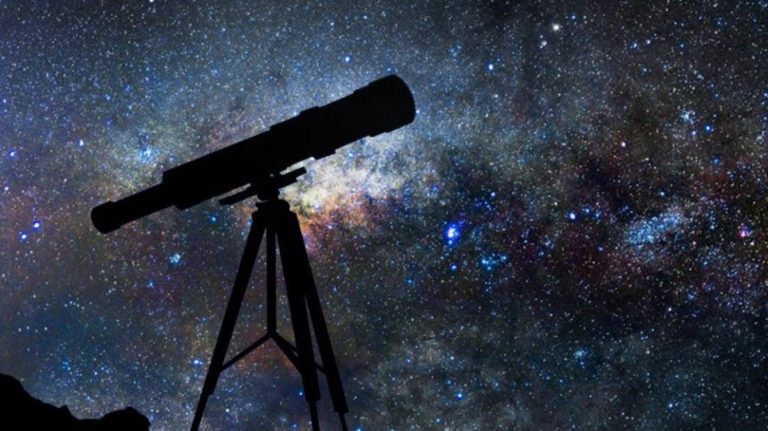If you were born any time after 1983, there’s probably a better than 50-50 chance that you’ll be around in the summer of 2061 when Halley’s Comet makes its 31st (observed) return through the inner solar system. Those who are older may have seen this famous comet on its last appearance during the winter of 1986. But whether you’re here to greet the comet on its next return 41 years from now, you’ll have a chance to spy some bits and pieces from Halley during these next few days.
Like other comets, Halley is a cosmic litterbug; about every 76 years as it sweeps closest to the sun, it leaves a “river of rubble” in its wake along its orbit. When the Earth interacts with that rubble river, those comet bits race through our atmosphere at high speeds to produce the effect of “shooting stars“.
Mitsotakis on CNN: For Greece, the legacy of the crisis is the feeling of collective success (video)
At two places the comet’s orbit passes very close to our own orbit. The material that it releases into space on its way in toward the sun produce the October meteor shower known as the Orionids, while the material that is released after the comet has rounded the sun and is heading back to the outer limits of the solar system produce a meteor display in early May: The Eta Aquarids, which are due this week.
Read more: Space
Ask me anything
Explore related questions





